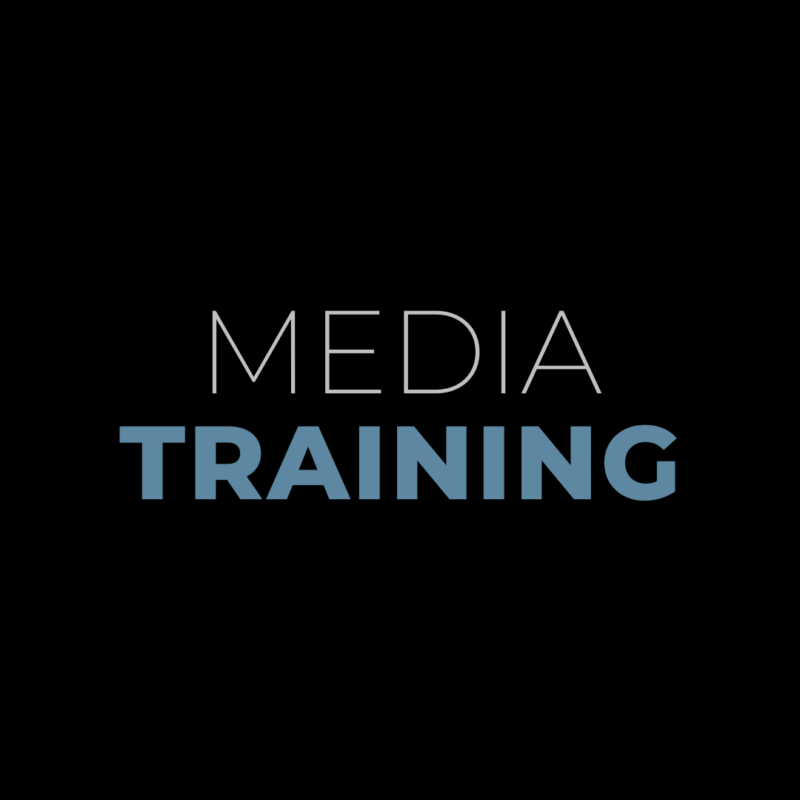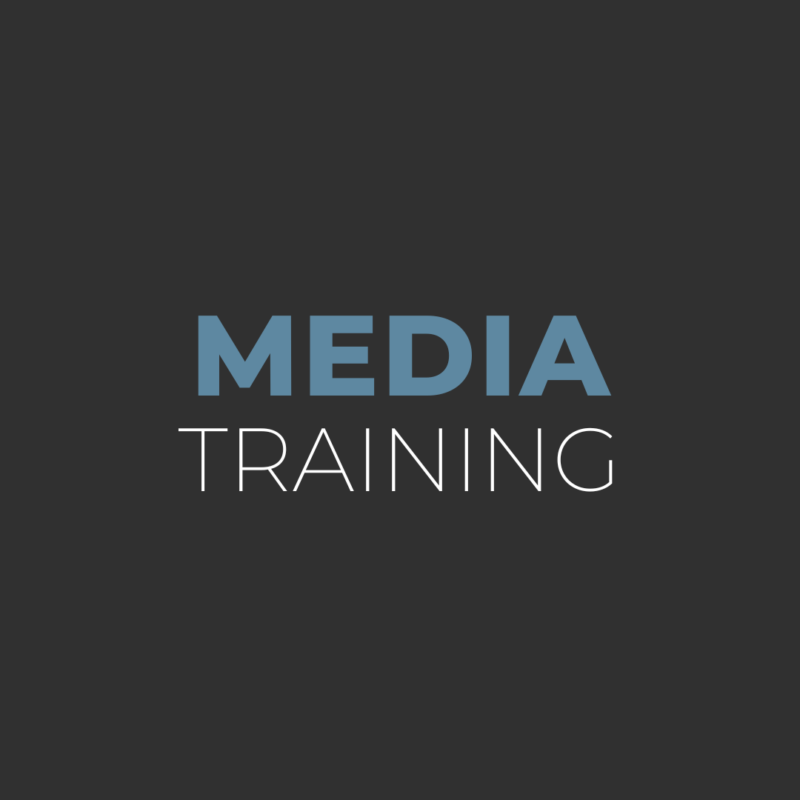Putting the “earn” in earned media.
Gone are the days when pushing out a mass-market press release brings front-page and primetime coverage across every one of your target media outlets. It’s much more likely that the story you’re looking to land will require hard work and finesse. That’s why it’s called “earned” media – you have to put in the time to get the results you desire! How can you make it happen? Here are a few ways to shift your strategy and start seeing your name across headlines.
Get in the mindset of pitching stories you “earn.”
When you earn something, you demonstrate value in exchange for something else. Maybe that’s studying and passing a test to demonstrate knowledge and earn a degree, or demonstrating your ability to sell a product and then earning a commission. Approach earned media similarly – find stories that demonstrate value to a reporter, and you’ll earn coverage. But how do you find valuable stories? This starts with knowing what a reporter covers and who their audience is. Put yourself in their shoes when assessing a story angle. Is this newsworthy for their beat? Is it timely or trend-setting for the industry they cover? Or will their readers find it particularly interesting or helpful? Answering these questions and using them to frame your pitch can help demonstrate value and earn coverage.
Give up the goods.
If you pitch a valuable story, you must be ready to provide the details to make it happen. If your executives are hesitant to speak to a story and won’t give an interview, then don’t pitch the story. If you can’t provide photos, videos or other types of visual media (or provide an opportunity for a photographer to grab content themselves) then consider skipping the opportunity. A great angle can quickly fall flat if you’re not able to follow up with the resources to shape the story.
Always come prepared.
Ready to give up the goods? Great. Now, put them in a pretty package and tie them up with a ribbon. You don’t have to do that literally, of course, but you do need to make it seamless for the reporter to do their job. If you’re going to position yourself as a valuable resource, then truly step to the plate and become one. Put all of your multimedia files into a drive, clearly label them and make sure the link is shareable. Line up interview times, best contact numbers and bios for all of your interview sources. Provide additional third-party resources as links when they’re available. And, make sure you are available after your pitch to quickly answer any questions.
Answer the call.
Sometimes, earning coverage is about how you respond when you’re not actively pitching a story. If a reporter reaches out to you for a story source, work to quickly respond to their request. Even if you can’t provide a source at the time, see if you can direct them to someone else who might be able to. If you make yourself available and helpful in a time of need, you might find that you’re better received when you bring an idea to the table.
If landing on the moon sounds easier than landing a media story, I have good news for you. With Obsidian on your team, we’ll take over “operation media relations.” Connect with us today to learn more.


